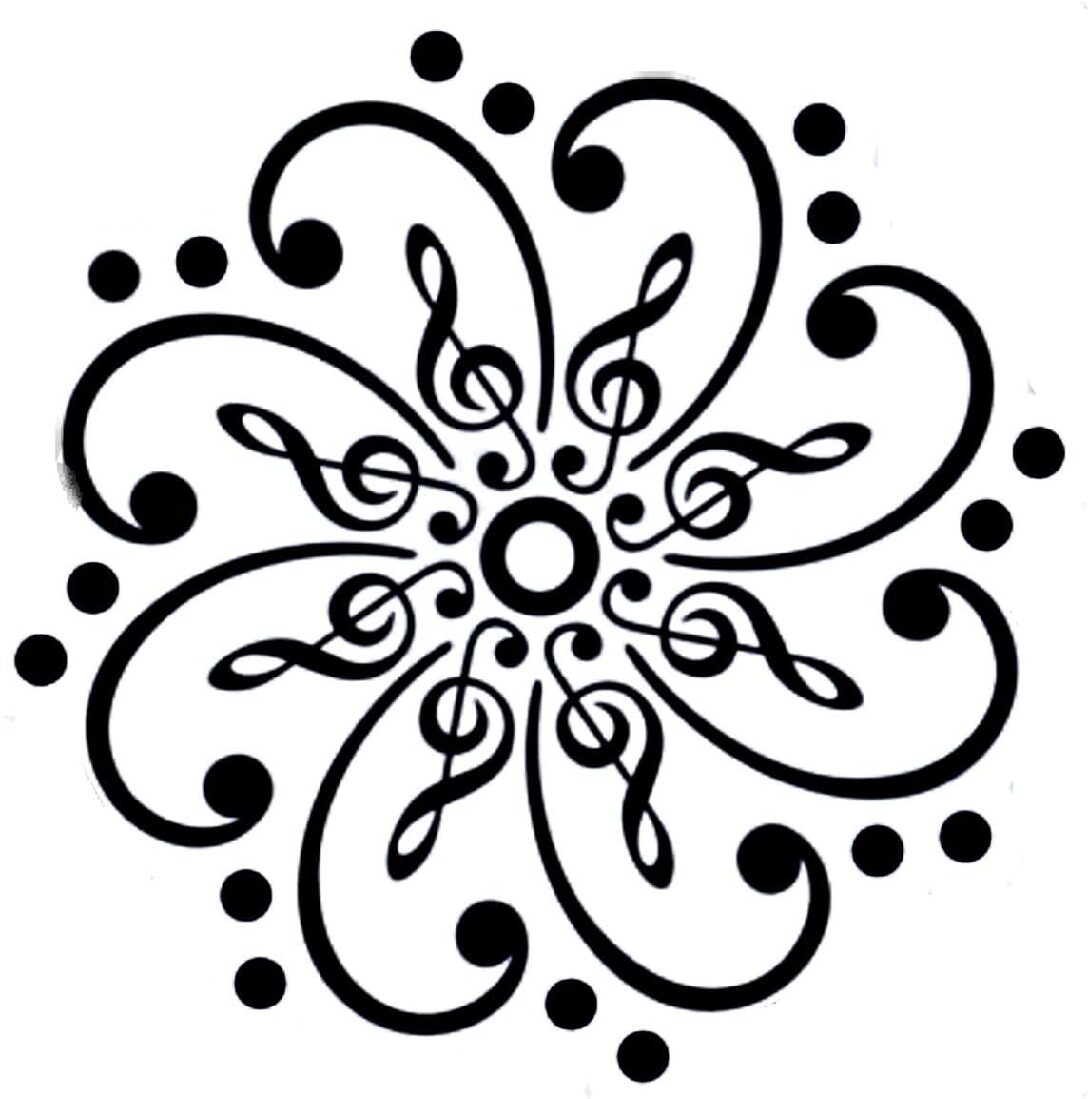Music notation is the written language musicians use to communicate melodies, harmonies, and rhythms. While it might seem daunting at first, understanding the basics of music notation can open up a world of possibilities, from learning to play an instrument to composing your own music. In this blog post, we’ll break down the fundamentals of the staff and notes, making it easy for anyone to grasp.
The Staff: The Foundation of Music Notation
The staff is the horizontal lines on which musical notes are placed. It typically consists of five lines, but can be extended with ledger lines above or below. Each line represents a different pitch, and the spaces between the lines also represent pitches.
- The Treble Clef: This is the most common clef used for higher-pitched instruments like the violin, flute, and trumpet. It is placed on the second line of the staff.
- The Bass Clef: This clef is used for lower-pitched instruments like the bass guitar, cello, and tuba. It is placed on the fourth line of the staff.
Understanding Notes
Notes are the symbols used to represent musical pitches. They are placed on the staff, with their position determining the pitch. The higher a note is on the staff, the higher its pitch.
- Noteheads: The notehead is the oval shape that represents the pitch. It can be filled in (solid) or open (hollow).
- Stems: Stems extend from the notehead, either upward or downward, depending on the note’s pitch.
- Flags: Flags are added to the end of stems to indicate the duration of the note. A single flag represents a eighth note, two flags represent a sixteenth note, and so on.
The Grand Staff
When both high and low pitches are needed in a piece of music, a grand staff is used. This consists of two staves connected by a middle line. The treble clef is placed on the top staff, and the bass clef is placed on the bottom staff.
Reading Rhythms
Rhythm is the pattern of sounds and silences in music. To understand rhythm, you need to know the duration of different notes and rests.
- Note Values: The duration of a note is determined by its shape and the presence of flags. For example, a quarter note has a duration of one beat, while a half note has a duration of two beats.
- Rests: Rests represent silences in music. They are shaped differently depending on their duration.
Time Signatures
A time signature indicates the number of beats in a measure and the type of note that receives one beat. For example,4/4 time means there are four beats in a measure, and a quarter note receives one beat.
Final thoughts
Understanding the staff and notes is the foundation of music notation. By familiarizing yourself with these concepts, you can begin to read and interpret sheet music more confidently. While it may take practice, the rewards of learning to read music are immense. You can explore a vast repertoire of music, learn to play new instruments, and even compose your own pieces.



